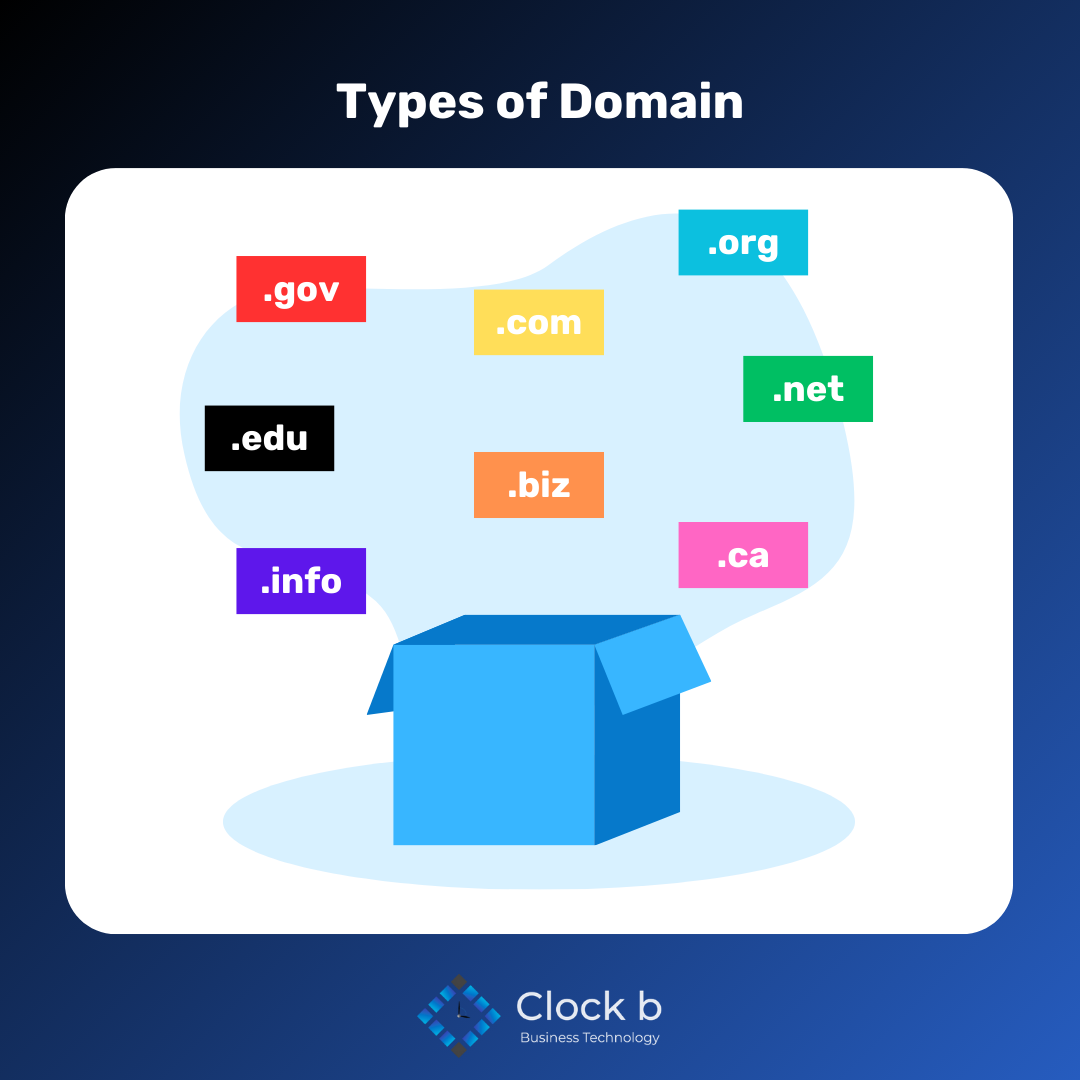Understanding Domain Types: Key Components and Examples
In information technology and online, the word “domain” usually means web addresses, like “clockb.tech.” But there’s more to it. This article talks about different kinds of domains, what they are, and their examples.
Top-Level Domains (TLDs)
TLDs are the highest level in the domain naming structure. They appear after the last dot in a domain name.
Examples:

Generic Top-Level Domains (gTLDs): These are the most common TLDs. Examples include .com, .org, and .net.
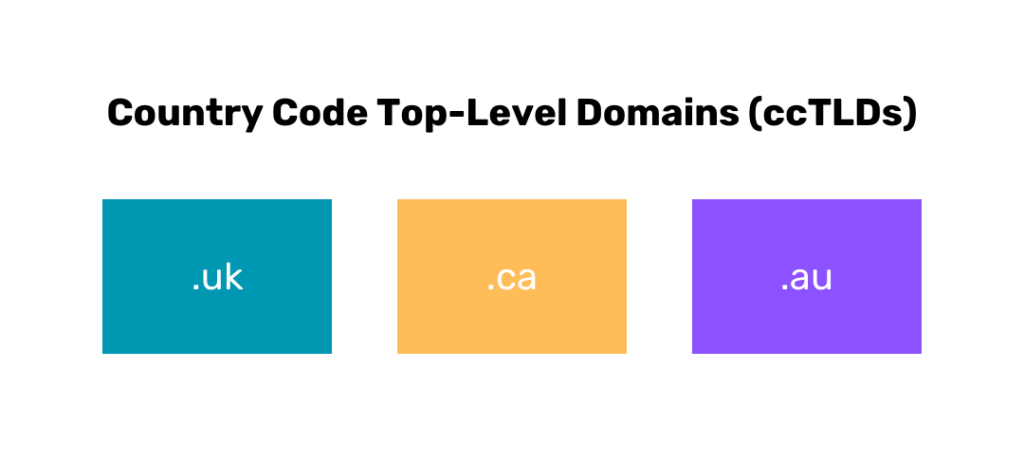
Country Code Top-Level Domains (ccTLDs): Specific to individual countries. Examples include .uk (United Kingdom), .ca (Canada), and .au (Australia).
Second-Level Domains (SLDs)
These directly precede TLDs and typically specify the unique name of a website or entity.
Examples:
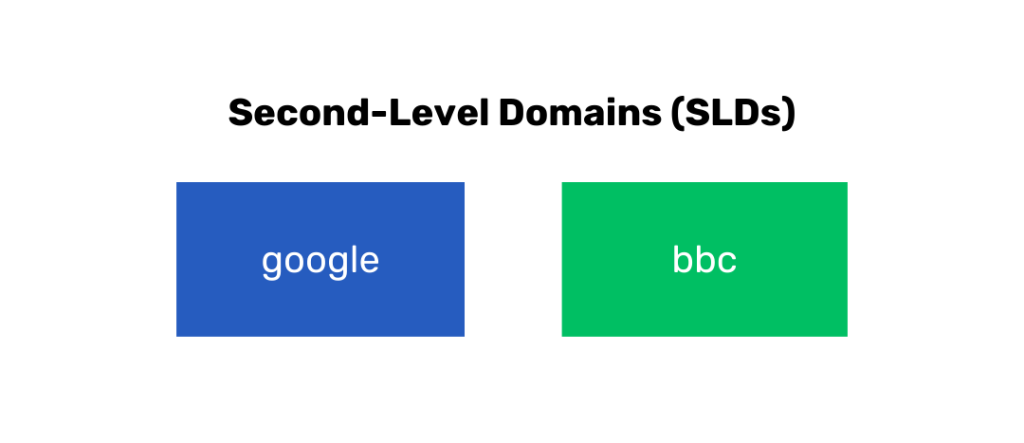
In ‘google.com’, ‘google’ is the SLD. In ‘bbc.co.uk’, ‘bbc’ is the SLD and ‘.co’ is a subdomain, signifying “commercial.”
Subdomains
Subdomains are prefixes added to SLDs to create a separate web address under the primary domain. They can represent different services, locations, or features.
Examples:
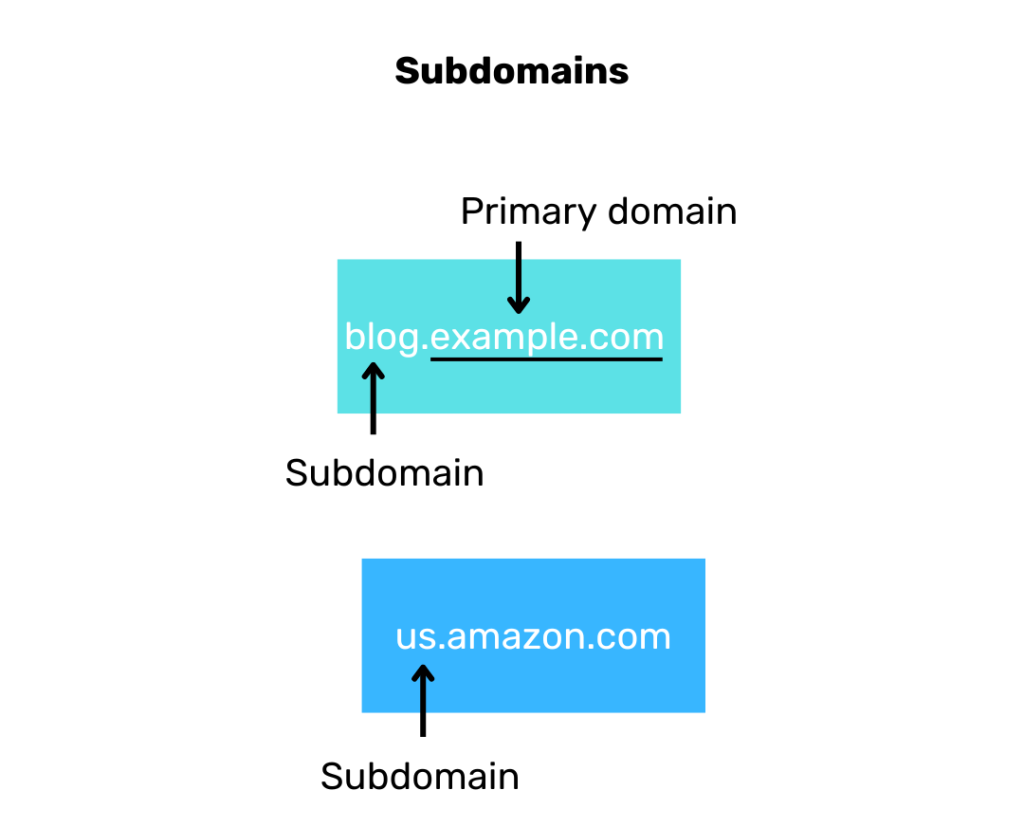
‘blog.example.com’: Here, a ‘blog’ is the subdomain of the primary domain ‘example.com’.
‘us.amazon.com’: The subdomain ‘us’ might indicate a US-specific version of Amazon’s website.
Internationalized Domain Names (IDNs)
IDNs allow domain names in non-Latin alphabets. They enable the use of characters from languages like Chinese, Arabic, Russian, and many more.
Examples:
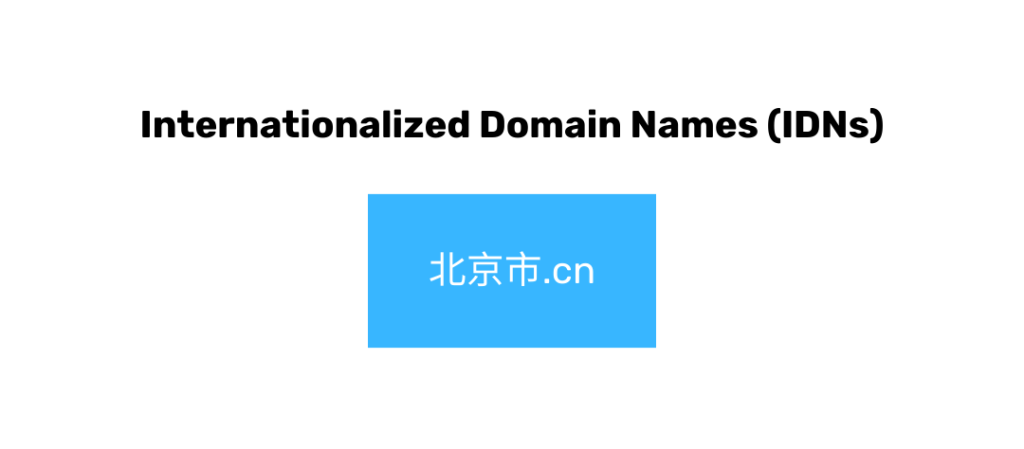
北京市.cn: This domain represents Beijing in Chinese characters.
Reserved Top-Level Domains
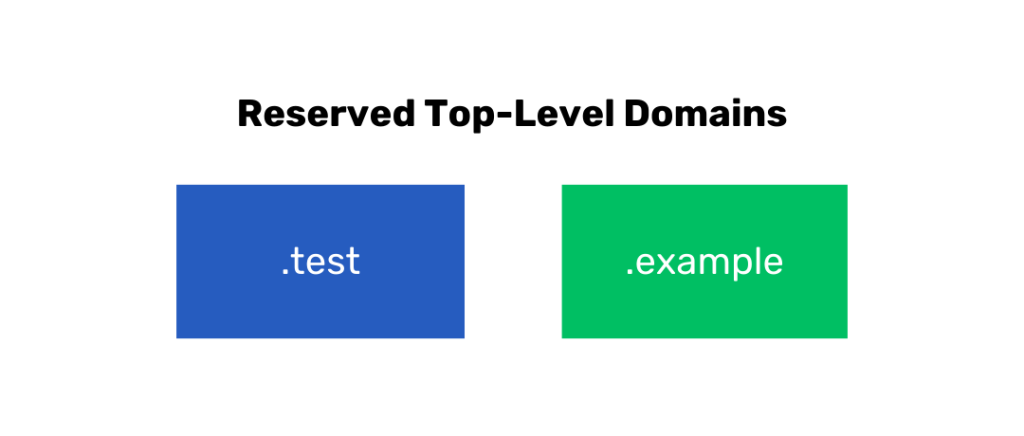
These are TLDs that are reserved for specific reasons and are not available for general registration.
Examples: ‘.test’: Reserved for testing purposes ‘.example’: Intended for use in documentation or explanatory contexts.
Infrastructure Top-Level Domain
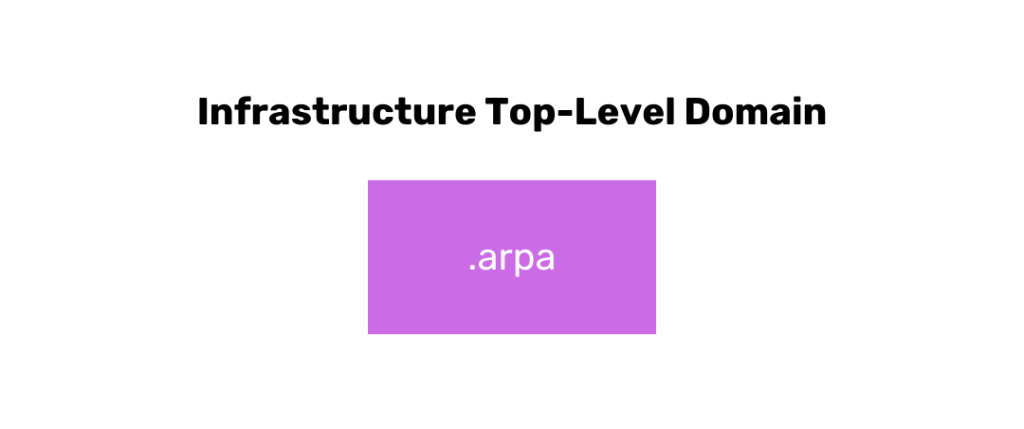
There is only one TLD in this category. Example: ‘.arpa’: Initially used for ARPA (Advanced Research Projects Agency) related purposes. Now, it’s used in Internet infrastructure tasks, especially reverse DNS lookup.
Sponsored Top-Level Domains (sTLDs)
These are specialized TLDs proposed and sponsored by private agencies or organizations that establish and enforce rules restricting the eligibility of registrants.
Examples:
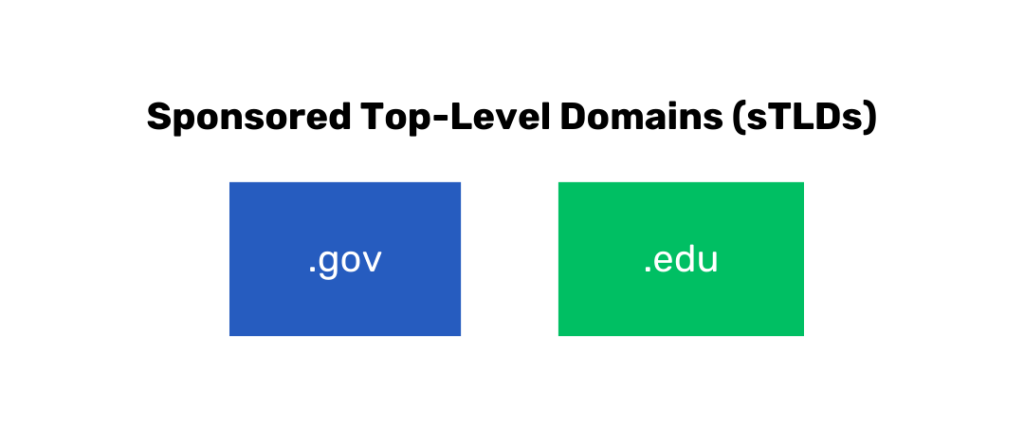
‘.gov’: Used exclusively by the United States government.
‘.edu’: For post-secondary institutions accredited by an agency on the U.S. Department of Education’s list.
Wildcard Domains
Wildcard domains are DNS records that will match requests for non-existent subdomains.
Example:
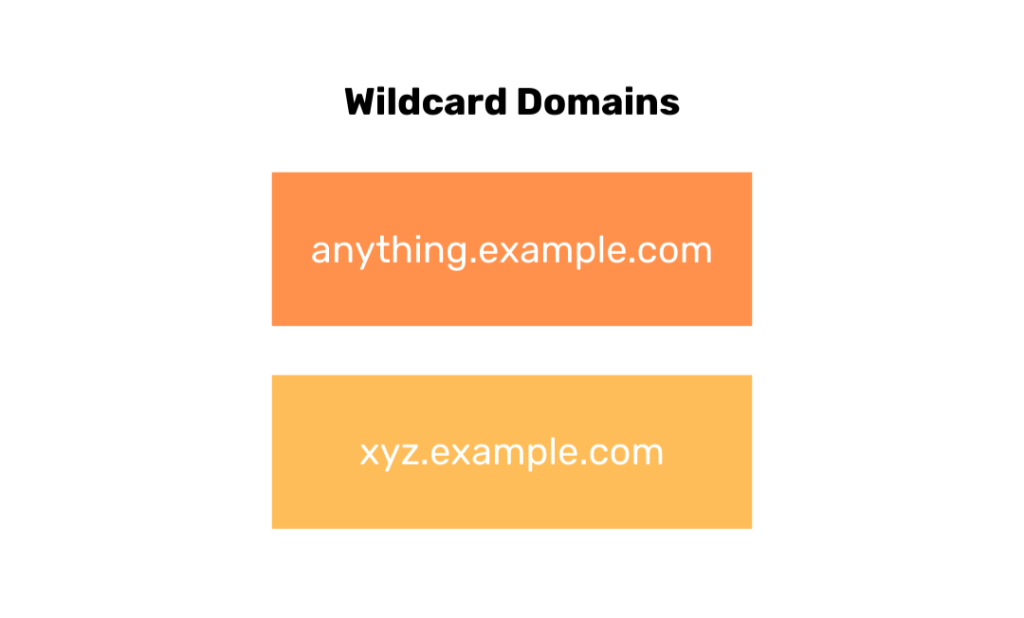
A wildcard setting could ensure that any subdomain of ‘example.com’ (like ‘anything.example.com’ or ‘xyz.example.com’) will redirect to ‘example.com’.
Brand Top-Level Domains (Brand TLDs)
These are TLDs that are owned by a brand or a company, offering them greater control over their domain namespace.
Example:
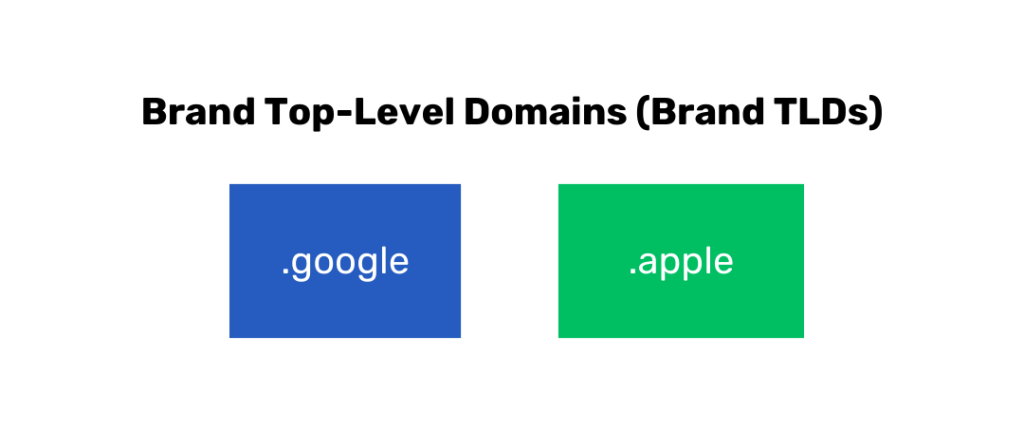
‘.google’, or ‘.apple’ or would be brand TLDs if these companies decide to use and propagate them.
Conclusion
Understanding the various domain types is crucial, not just for web developers or IT professionals but for anyone navigating the online world. Recognizing these domains helps discern the structure and purpose of web addresses, thereby allowing for more informed decisions and interactions on the web. Whether you’re setting up a website or just browsing, knowledge about domain types offers a clearer view of the intricate web landscape.

